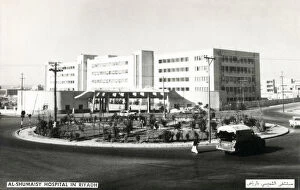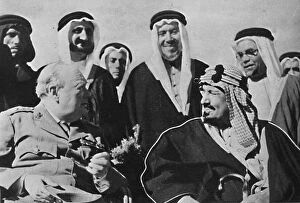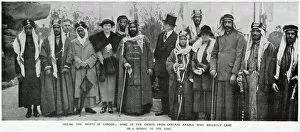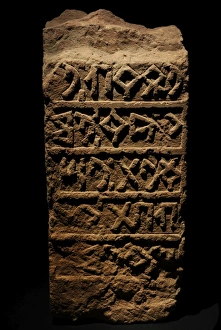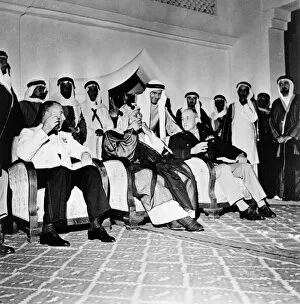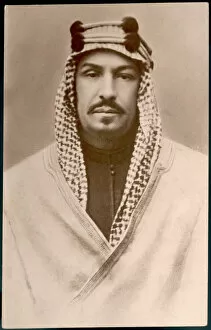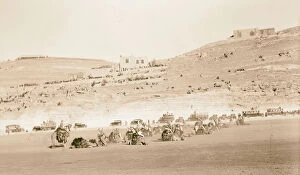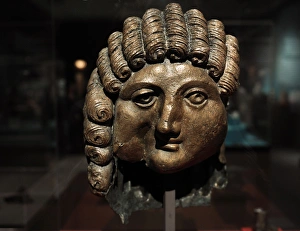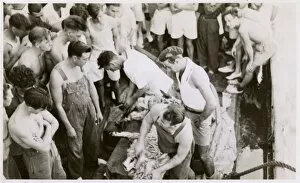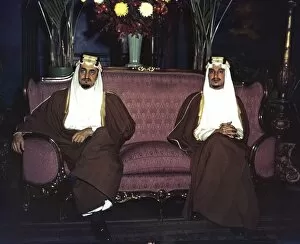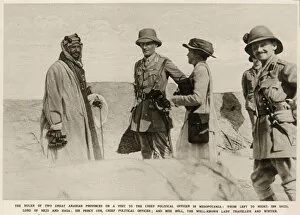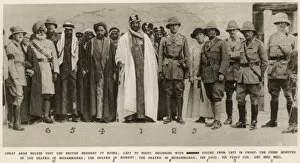Saud Collection
"Saud: A Legacy of Leadership and Diplomacy in Saudi Arabia" In the heart of Riyadh, Saudi Arabia, lies the historic Al-Shumaisi Hospital
All Professionally Made to Order for Quick Shipping
"Saud: A Legacy of Leadership and Diplomacy in Saudi Arabia" In the heart of Riyadh, Saudi Arabia, lies the historic Al-Shumaisi Hospital, now known as the King Saud Medical Centre. This institution stands as a testament to the visionary leadership of King Ibn Saud, who played a pivotal role in shaping modern Saudi Arabia. Dating back to 1945, among other Middle East rulers, King Ibn Saud's influence was unparalleled. His reign saw significant advancements in healthcare infrastructure and services across the kingdom. Delving deeper into history, we discover a stele with Liyanite dedication to the God Dhu Ghabat from the 5th-2nd century BC. This artifact provides glimpses into pre-Islamic Arabian culture on the Arabic peninsula and showcases their religious practices. One cannot discuss Saudi Arabian history without mentioning Abdul Aziz Ibn Saud - a towering figure who became king in 1932 until his passing in 1953. Under his rule, Saudi Arabia experienced tremendous growth and development that laid strong foundations for future generations. The significance of diplomacy is evident through Prince Emir Saud's visits to Emir Abdullah Amman Transjordan. These diplomatic exchanges fostered alliances between nations and strengthened regional stability during crucial times. Saud's legacy extends beyond borders; it encompasses cultural preservation and historical artifacts such as an intricately carved head dating back to the 1st century BC-2nd century AD. These treasures serve as reminders of our rich heritage and connect us with our ancestors' stories. As we reflect upon "Saud, " we are reminded of a lineage characterized by leadership, progressiveness, diplomacy, and reverence for history. The contributions made by these influential figures have shaped not only Saudi Arabia but also left an indelible mark on global affairs.

